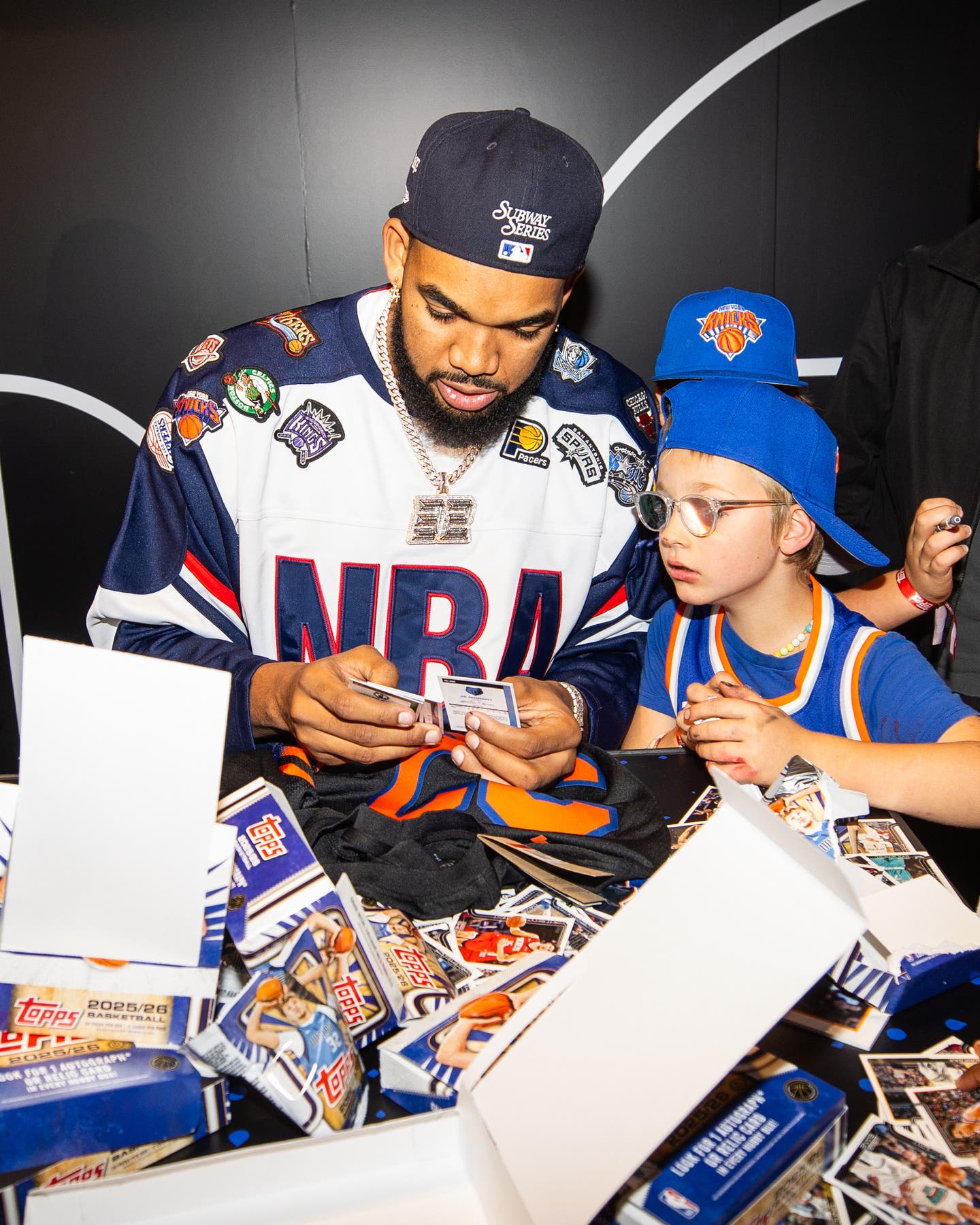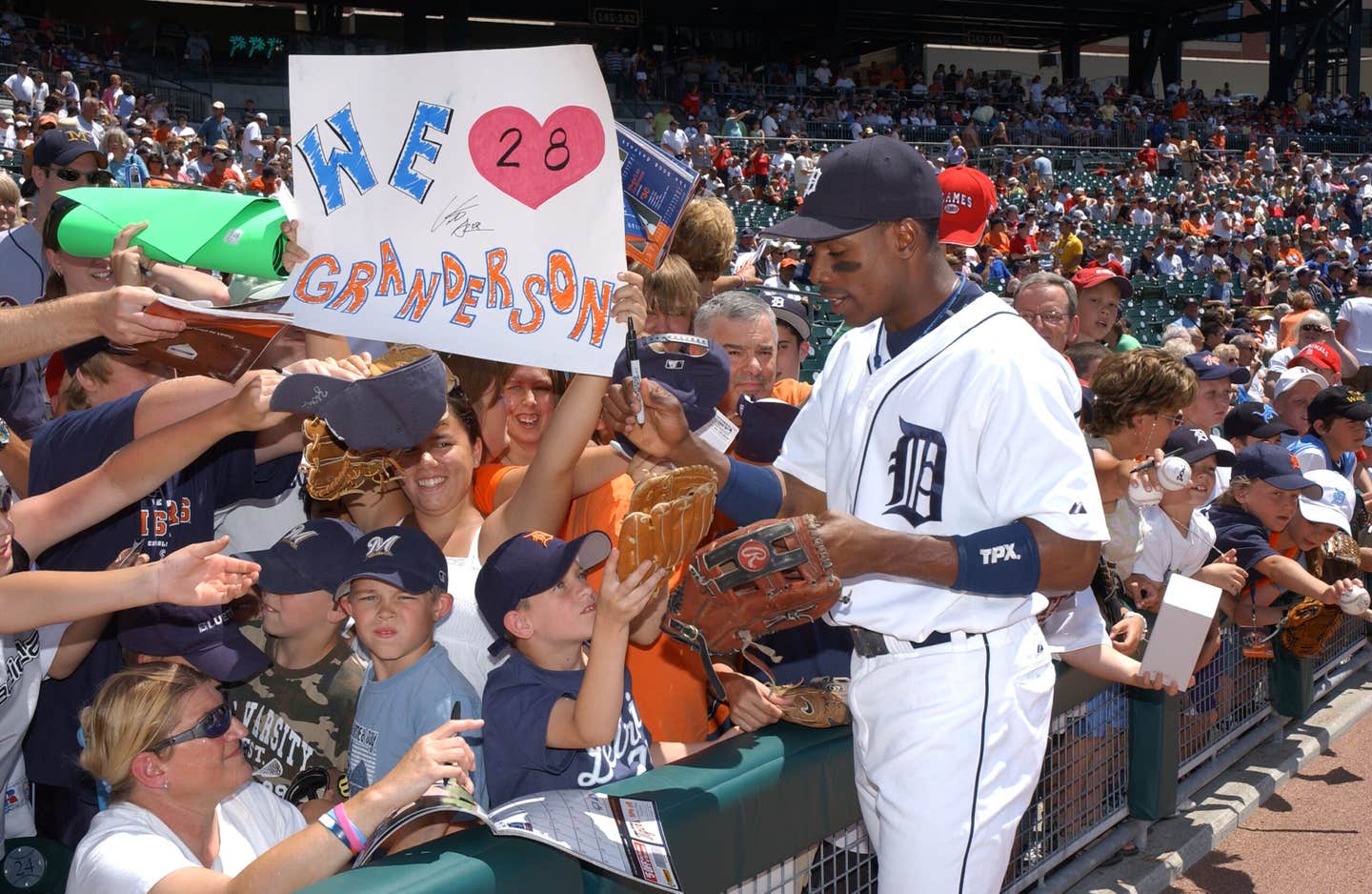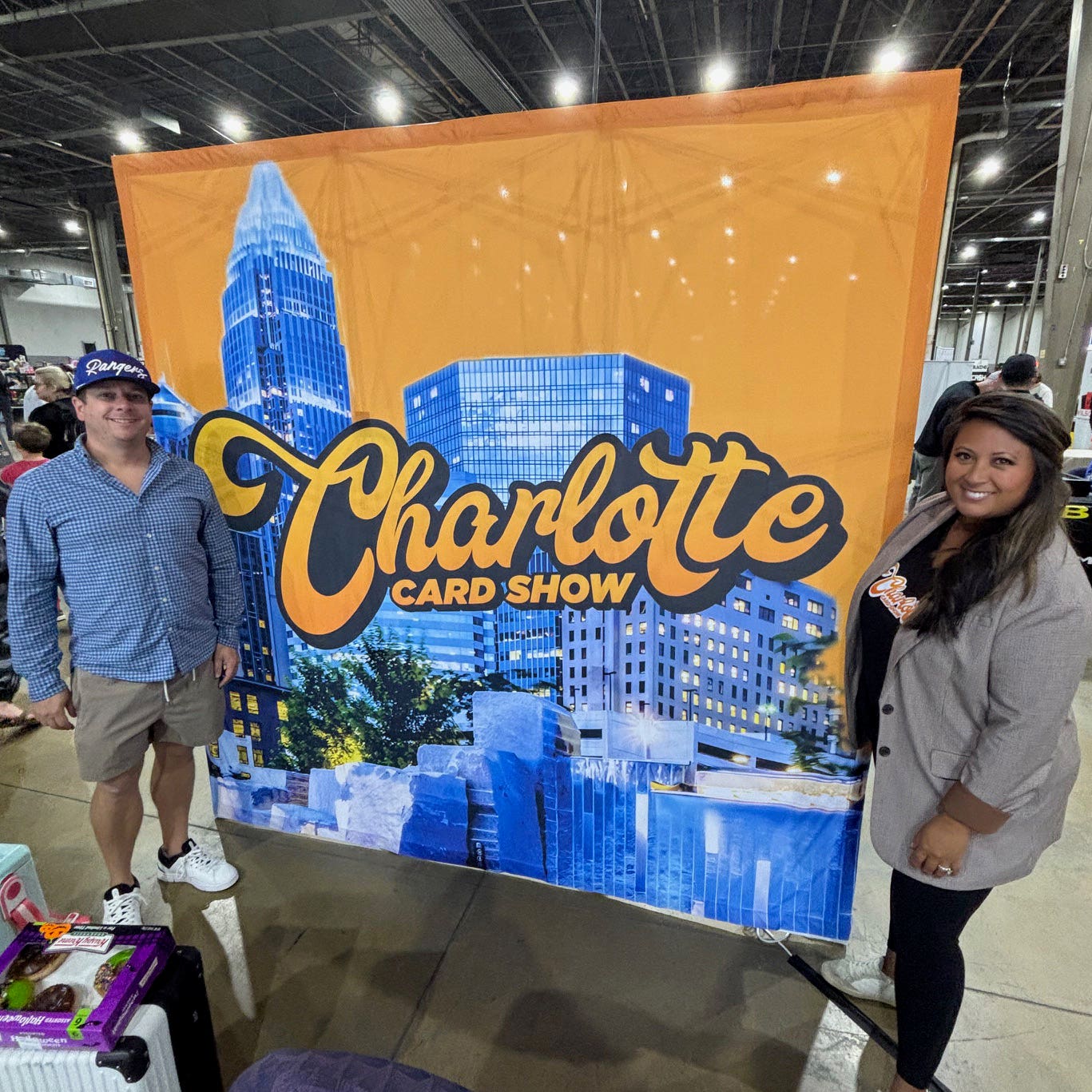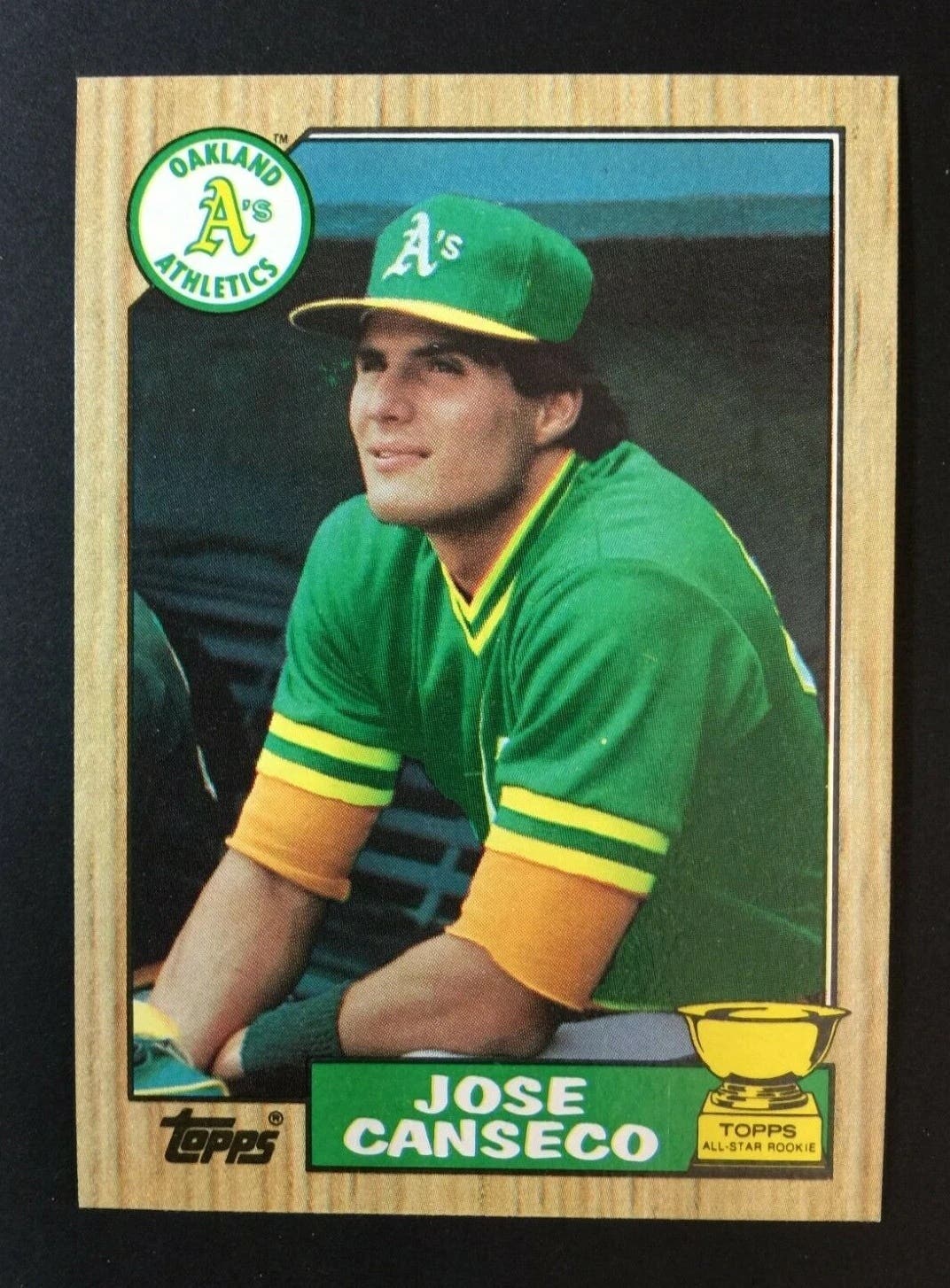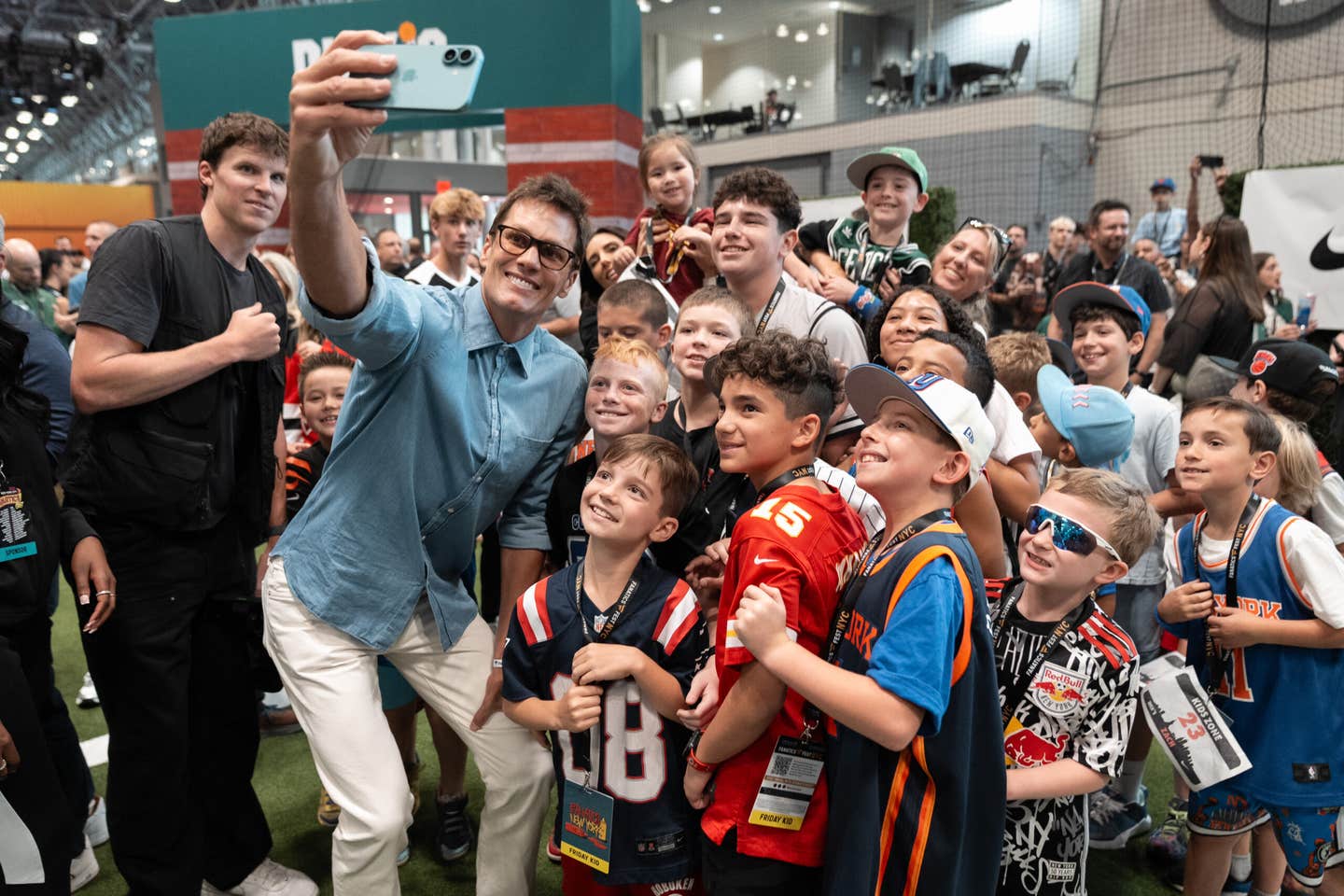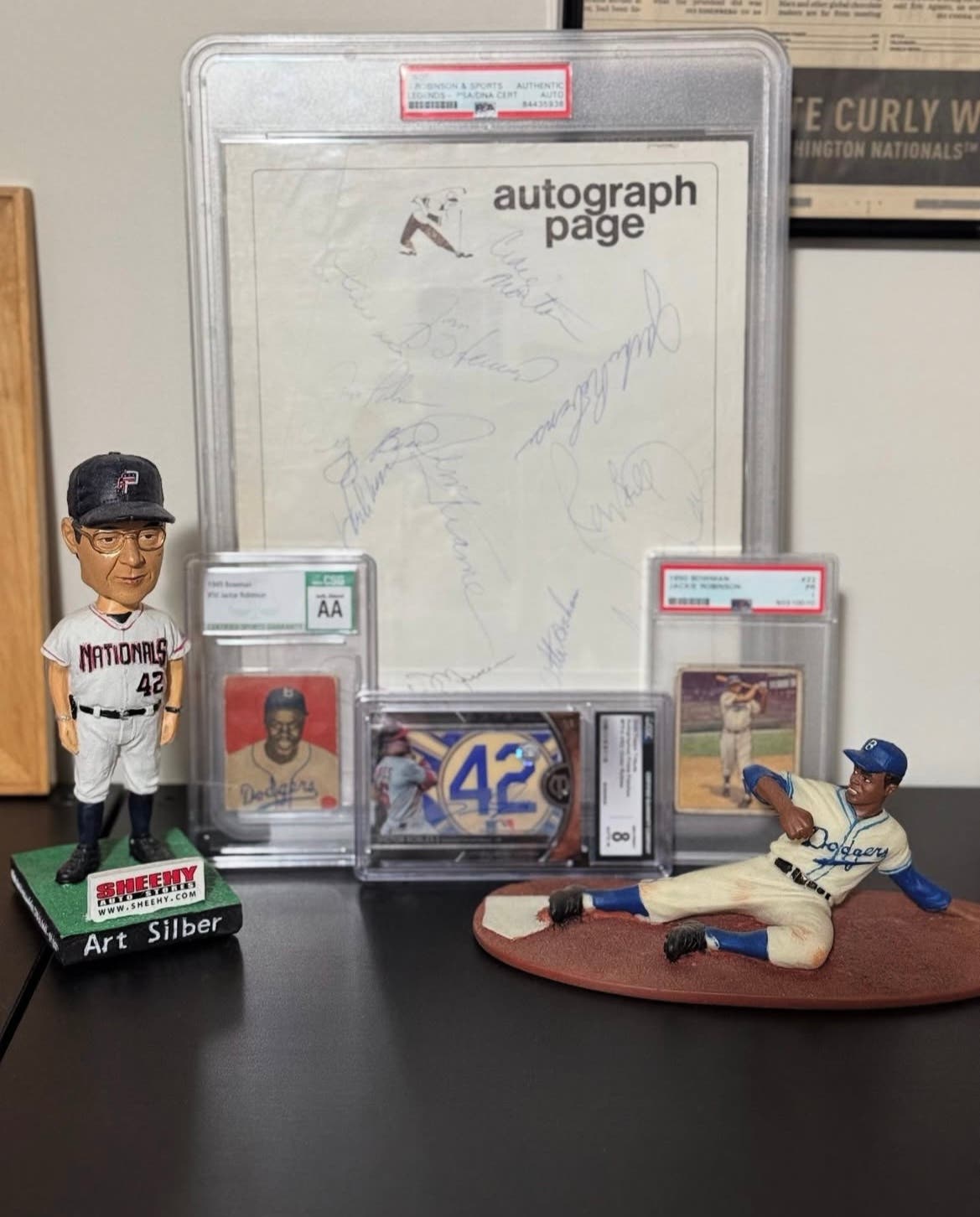Collector Shows
Cleveland National a great place to honor Feller
With our National Convention returning to Cleveland next week, it occurred to me that the five-day extravaganza offers a unique opportunity for our hobby to honor someone who has played an important, though often misunderstood, role in the world of autographs.
The man who is subjected to a famous hobby aphorism about “the only thing worth more than a Bob Feller signed 8-by-10 photo is an unsigned version” has actually been a significant hobby pioneer, helping to make autograph appearances by current and former stars a mainstay in a hobby dominated by cardboard at the time.
With Feller being one of the autograph headliners at the National, it would be neat if the show promoters, acting on behalf of the entire hobby, could find a way to honor him in the city where it all began more than 70 years ago. Feller is approaching 89 years old, so even though the National returns to Cleveland in a couple of years, now would seem like the ideal moment for a well-deserved tribute.
I can remember Feller simply showing up at the Philly Show on the music pier in Ocean City, N.J., in the 1980s, charging three or four dollars for an autograph and just generally serving as an elder statesman and ambassador to the game as he regaled awestruck fans with stories from his career.
Twenty-five years and a couple of zillion signatures later, Feller’s contribution to our hobby gets largely lost amid the trite jokes about how much he has signed. Yeah, there’s a cogent criticism we ought to level at one of the greatest pitchers of all time: you signed too many autographs, shook too many hands, posed for too many pictures with fans and did it all at prices that ought to make modern ballplayers embarrassed.
Apparently well on the way to becoming something of a grouchy old man myself, I’m not really bothered by some of the politically incorrect Feller commentary over the years. Besides, you don’t have to agree with everything he’s ever uttered in order to take note of his contributions to the game of baseball in general and our quirky hobby in particular.
* * * * *
Fiery fate for pile of Bonds cards is reminiscent
A Chicago area card dealer is organizing a “Barry Bondsfire” that’s designed as a protest against Barry Bonds’ alleged steroid use. Keith McDonough, owner of Bleachers Sports in Winnetka, Ill., has organized a protest that is slated to follow on the heels of the moment when/if Henry Aaron’s all-time home run mark falls to Bonds.
McDonough, who has operated his store on Chicago’s North Shore for 15 years, has apparently started something when he announced he was going in incinerate his Bonds cards, a provocative announcement that he repeated on ESPN2’s “Cold Pizza” morning talk show last week. “We want to protest it,” McDonough told SCD’s editorial director Brian Earnest in a phone interview. “We’ve got lots and lots of cards. Now we have kids coming in and dropping their Bonds cards in the fire pit, and that’s a kick.”
In an interesting twist, McDonough said he’s been beseiged by e-mails revealing a startling dichotomy: many collectors have sent in cards and memorabilia to be included in the “Bondsfire,” but an even greater number of Bonds fan have sent a flood of angry e-mails defending the controversial slugger.
For his part, McDonough is quick to point out the firey symbolism is not personal but merely directed at the alleged steroid use. And he added that he doesn’t sell Sammy Sosa or Rafael Palmiero cards in his store, either.
For me, the interesting part part was that the gesture recalled another bonfire from 26 years ago. The beef back then was against Major League Baseball and the players as stunned fans looked for ways to vent their rage against the most significant labor stoppage in MLB up to that point. A New England dealer, David Carter, reportedly orchestrated the public incineration of 64,000 baseball cards, nearly half of that number coming from Carter himself and reportedly including a 1952 Topps Mickey Mantle, valued at $1,300.
At the time the demonstration seemed a bit quixotic, but no more than the current bit of pyromania. If you’re going to quibble, both events seem a little self-defeating, since Bonds presumably doesn’t care if we burn his cards and MLB and its employees also didn’t blink when Carter took a match to The Mick in 1981, but they still seem(ed) liked effective symbolism.
* * * * *
An expensive Clemens autograph
I saw a news item in USA Today last week that reported a Japanese reporter had his membership in the Baseball Writers Association of America revoked because he asked Roger Clemens for an autograph.
I fully understand the principle at work here: journalists need to be doing journalism or thereabouts when they are covering teams and it opens up an ethical can of worms if they start asking for autographs while on the job. Fair enough.
But in this instance the penalty seemed a bit harsh, especially since the writer, who works for a tabloid newspaper based in Tokyo, apparently didn’t realize he had broken the rules. The story didn’t make it clear just exactly what the implications were from losing his BBWAA credentials, but it’s reasonable to assume it means he can’t cover the Yankees or any other major league ballclub.
According to the article, Hiroki Homma went up to Clemens with a stack of pictures that had been taken by the newspaper’s photographer; Homma, apparently thinking that the pitcher might like to have them to commemorate his 350th win, offered the stack to the pitcher, and asked Clemens to sign one of the photos for him. A security staffer apparently witnessed it and reported the violation.
Bummer. Seems harsh, but I understand at that level they would want to make an example if somebody stepped, or even stumbled, over the line.



